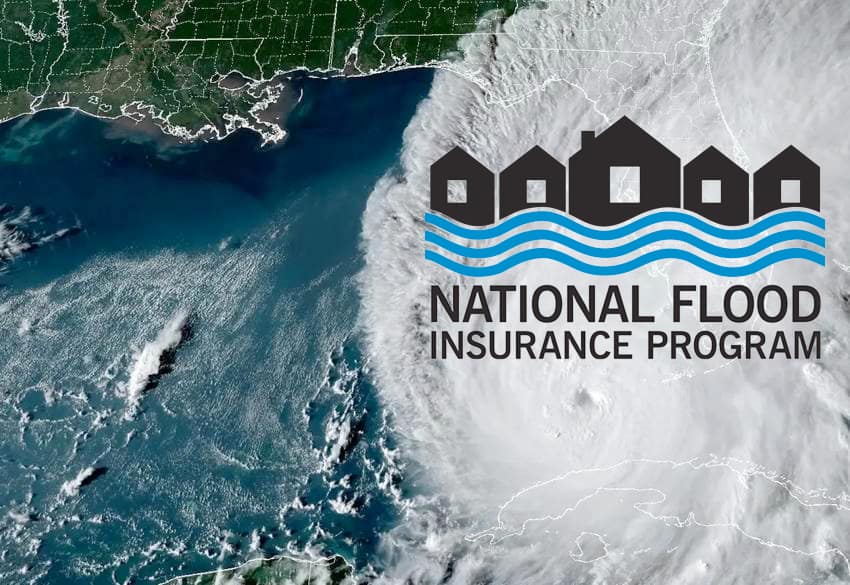NFIP reinsurance tower at-risk as hurricane Ian claims near $4bn trigger

Reinsurance carriers participating in the lowest layer of FEMA’s National Flood Insurance Program (NFIP) reinsurance tower are now at-risk of losses, as the NFIP’s claims from hurricane Ian have surpassed $3.9 billion, nearing the $4 billion trigger.
We reported yesterday that the NFIP’s flood insurance claims from hurricane Ian had surpassed $3.4 billion in March, but then FEMA has announced a new figure last night, putting the total very close to the attachment for the bottom-layer of the NFIP reinsurance program.
The NFIP’s reinsurance tower for 2022, the year hurricane Ian occurred, pays for a percentage of flood insurance losses above an attachment point set at a $4 billion trigger per-event.
Now, FEMA has reported that the NFIP has paid over $3.9 billion to more than 48,000 policyholders, as of early May 2023.
Over $3.4 billion has gone to the repair or rebuild of affected properties and $445 million to replace damaged contents, with an average claims payment from hurricane Ian of more than $104,000.
Roughly 95% of the nearly 48,000 claims in Florida, North Carolina and South Carolina have been closed as of May 2nd, FEMA said.
“Flooding is the most common and most reoccurring natural disaster. Yet, damage caused by flooding is rarely covered by most homeowners and renters’ insurance,” explained David Maurstad, Assistant Administrator for the Federal Insurance Directorate and senior executive of the National Flood Insurance Program. “Flood insurance remains the best defense against this threat, enabling policyholders to protect their property and more quickly jumpstart their road to recovery.”
FEMA renewed a $1.064 billion flood reinsurance tower for the 2022 calendar year
The reinsurance covered:
4.163% of losses between $4 billion and $6 billion.
26.565% of losses between $6 billion and $8 billion.
22.453% of losses between $8 billion and $10 billion.
So, the actual loss to reinsurers is likely to be relatively slight, with 28 private reinsurance companies having participated across the tower, although likely fewer than that number allocating to the lowest-layer which is now seemingly at high-risk of attaching and paying recoveries to FEMA to assist on paying claims from hurricane Ian.
As a reminder, the lowest down of the FloodSmart Re catastrophe bond program would only attach and begin paying out at $5.32 billion of losses to the NFIP from a flood event.






